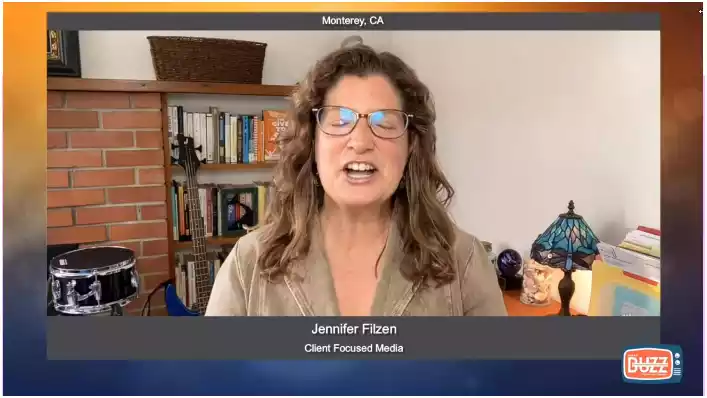The Role of Prior Authorization in Patient Care Services
Discover how prior authorization in patient care services influencing efficiency, costs, and outcomes. Dive into our analysis to understand its vital role in modern healthcare.

If you’re looking for information on how to get prior authorization for medication, the process typically involves your healthcare provider submitting a prior authorization request to your insurance company. This request should include detailed medical information and justification for the prescribed medication. The insurance company will review the request to determine if the medication is necessary and covered under your plan. It’s crucial to provide all required documentation and follow up with both your provider and insurer to ensure a timely decision.
Learn how!
Table of Contents
Prior Authorization in Patient Care Services

Understanding Prior Authorizations Role
Prior authorization (PA) is a mechanism insurance companies use to manage costs and verify the necessity of care by requiring approval before procedures, treatments, or medications are administered to patients. Initially designed for costly procedures, PA has become a standard requirement for various healthcare services, including routine lab tests and medication prescriptions.
Uncovering the Inner Workings of Prior Authorization
When carrying out an authorization (PA), a healthcare provider often dealing with resources submits a request detailing the patient’s medical history and the necessity of the service, sometimes including supporting documentation. The insurer’s team then carefully reviews this information to determine approval based on policy guidelines and other factors that can vary among insurance companies.
Impacts on Patient Care
The time gap between requesting a service and receiving approval from the insurer can vary from days to weeks, leaving patients uncertain and unable to proceed with their treatment. This delay can significantly impact the patient’s health and overall well-being in cases of illnesses.
Navigating Complexities: Obstacles Encountered by Patient Access Specialists
Patient access specialists play a role in navigating the process of prior authorization. They serve as guides to help patients navigate through the steps needed to obtain approval for their care.
The Barrier of Technology
While a tool, technology can sometimes pose challenges in the authorization (PA) process. The use of technologies by healthcare providers and insurers often results in cumbersome information exchange, frequently resorting to outdated methods like faxes for communication.
Adding a Human Element to the Digital Era
In today’s digital healthcare landscape, human interaction plays a role. Professionals who bring that touch can help smooth out the hurdles encountered during the PA process.
Establishing Relationships is Crucial
Fostering connections with insurers can lead to a collaborative PA approach. Over time, trust can be built by demonstrating judgment and well-supported requests, ultimately expediting authorization processes.
Effective Communication is Key
Precise and efficient communication among patients, healthcare providers, and insurers is essential. Avoiding misunderstandings and errors is vital to preventing denials or delays that could negatively impact care.
Creating Strategies for Efficient Authorizations
Access professionals who comprehend the intricacies of the PA process can devise tactics to enhance efficiency and boost prior authorizations.
Implementing Standardized Procedures for Uniformity
Introducing procedures within a healthcare institution promotes a streamlined method for handling prior authorizations. Creating checklists and templates and using software to automate certain parts of the authorization request process are essential steps. Ongoing training and education for staff members play a role. Staying updated on the insurer’s policies and emerging best practices in managing authorizations can equip patient access professionals to make more knowledgeable and compelling requests. Innovations in the healthcare and insurance sectors offer tools and technologies to streamline the authorization process, making it more efficient and transparent for everyone involved.
Incorporating automation and decision support systems can lessen the workload linked with authorizations. These systems can identify issues with requests beforehand, enabling providers to address them. Patient-oriented technologies like portals that provide real-time updates on authorization statuses can significantly reduce anxiety and enhance engagement. Access to information empowers patients to actively participate in their healthcare journey, aligning with a patient-centered approach. Looking ahead, it’s evident that the prior authorization process is primed for transformation.
Lawmakers, healthcare institutions, and insurance companies are actively exploring approaches to balancing cost-cutting measures and the provision of efficient patient care. Government Actions changes in laws aim to enhance transparency and uniformity in the authorization process. Implementing time constraints on PA evaluations and increasing supervision aim to guarantee that patients receive access to care.
Embracing Value-Based Prior Authorization
A potential transition towards value-based healthcare models could transform PA procedures. Prioritizing outcomes over services provided, this methodology might lead to a patient-centered and data-driven process where the necessity and timeliness of care take precedence over costs alone.
I'm very thankful for Portiva who I know is looking after my practice while I'm gone the virtual assistants can manage prescription refills, documents they can triage patients and just kind of answer administrative questions and they can handle a lot on their own. But also, they're very good about contacting me if there's any emergency or anything I need to attend to. So I'm very thankful for Portiva they can help almost any provider almost anywhere and it really allows for some good work-life balance as I'm getting to experience right now at my family farm so I'm very thankful for Portiva and I'm very happy to use their services"

Board Certified Family Medicine Physician

Portiva's Virtual Medical Assistant - I have all the support I need. There's somebody checking my email, any patient messages. Patients are still able to schedule and handle any scheduling issues and any kind of billing that needs to still go through. Portiva hands handles it all for me. I have support i have somebody that I can access 24/7 pretty much. It's all very seamless. If somebody has an emergency or needs a medication called in. I know that the va's at portiva will handle that for me.

Board Certified Family Medicine Physician

Closing Thoughts: Ensuring Access to Care Pathways

In Summary
Although prior authorization remains an aspect of the healthcare system, there is room for enhancement. Incorporating an approach in an era of strategizing for smoother authorizations, embracing new technologies, and advocating for patient access professionals can significantly enhance the authorization process. Through cooperation, communication, and education efforts, we can strive towards a future where pathways to care are accessible to all individuals. Let the hurdles of authorization keep you from getting down. Let’s collaborate to discover solutions that benefit all parties. Keep pushing for change, educating yourself, and aiming for healthcare for every patient. We hold the key to shaping a future for prior authorization, so let’s make it happen.
To learn more about drug approval that can enhance your medical practice. Discover more about Portiva and unlock a world of possibilities by visiting our homepage today!
- Why reviewing prior authorization policies is critical
- How prior authorization impacts patient outcomes
- Prior authorization policy enhancements
- Assisting patients with prior authorization
- Prior authorization processes
- Managing patient rights in preauthorization processes
- Medical prior authorization policy changes
- Patient guide to navigating prior authorization
- True cost of prior authorization for patients and healthcare systems
- Challenges of implementing precertification services
- Strategies to incorporate prior authorization
- Optimize the use of prior authorization technology
- Accomplishing the efficient prior authorization
- Preauthorization guidelines for healthcare providers
- The implications of prior authorization on industry
- Enhancing private practices with outsourcing precertification
- Analyzing the impact of prior authorization procedures
- Importance of transparency in healthcare pre-approval


